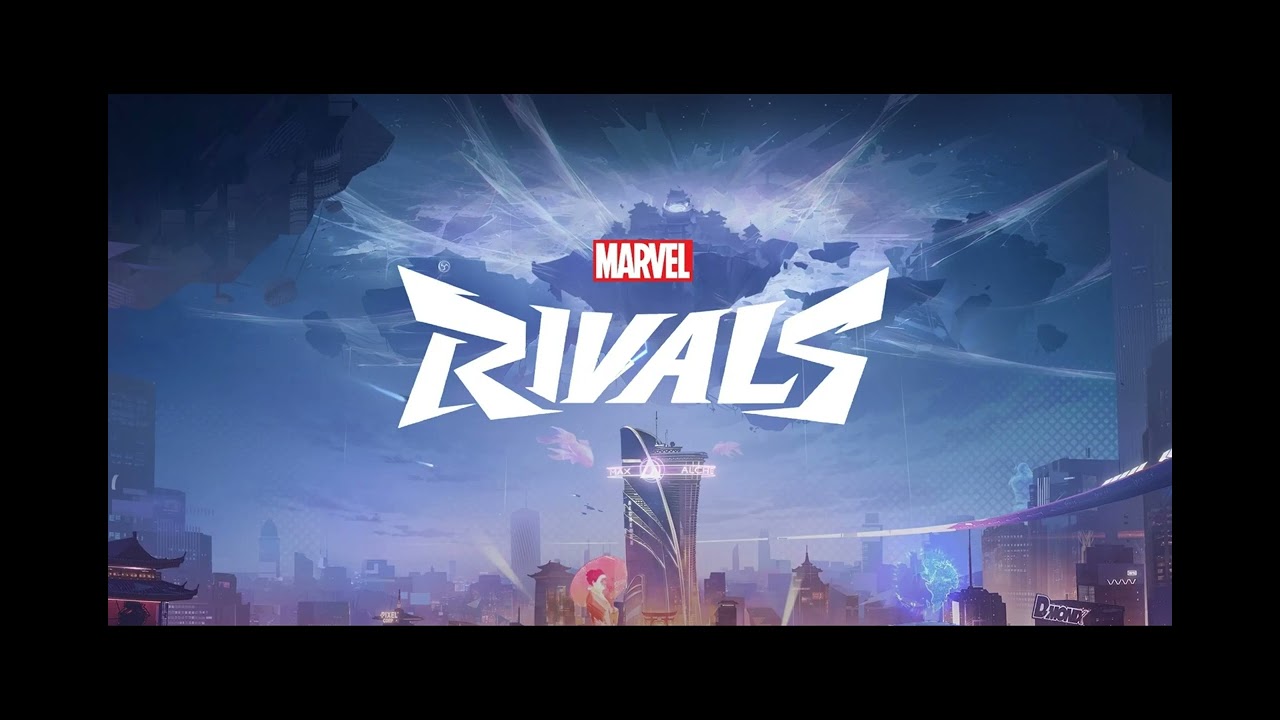The first season of Marvel Rivals will be arriving for players very soon. While there is no official release date at this time, it is expected to be coming at the beginning of January. With more skins, maps and new characters potentially coming to the game, players are eager to learn what they can expect from the game’s first season. Players have had a ton of questions about how certain aspects of the game will work, and NetEase has provided some answers, although fans are still a little confused and even disappointed with the answers.
As the game is currently in Season 0, players had questions about how many of the monetization features of the game would work, including currencies and battle passes. A new developer blog post has some of the answers, although the systems that are in place have players frustrated. With multiple different currencies in the game, the monetization can be complicated, and players will want to know a few things before deciding to spend money on the game’s first season.
Marvel Rivals has three different main currencies that all do different things. Lattice is a currency that looks like gold, and is the only currency that can be purchased directly with real money. Lattice can be used to purchase battle passes, or converted into the other two types of currency. Chrono Tokens are the second and purple currency and are used to unlock and purchase battle pass rewards. Units are the blue, final currency, and they are used for purchasing specific items from the in-game store.
The three currencies all make up the economy of the game, but NetEase had some bad news for players who have been hoarding their currencies. In a recent blog post, the developer stated that any Chrono Tokens earned in-game will be reset at the beginning of each season. This means that players hoping to keep their currency to use on the next battle pass will have all of their progress reverted. Many are frustrated by this change, but some Chrono Tokens are exempt from this rule. The blog post even states: “We hope this clears things up a bit. It’s a bit complicated, but we wanted to give you all as much info as possible to address your concerns.”

Chrono Tokens are relatively easy to obtain, with the main source of income being the rotating daily, seasonal, and event challenges. This way of obtaining this currency is completely free but is also what has caused players to become frustrated. Certain challenges require specific feats, like playing a specific character or role, to earn Chrono Tokens. For players who have been grinding these challenges to stockpile their Chrono Tokens, all of their time will have been wasted as they will be wiped when the next season arrives. The only Chrono Tokens that will be available from season to season are those purchased with Lattice. However, there are even exceptions to this rule also.

Any Chrono Tokens purchased at a discounted rate, such as a bundle with the upgraded battle pass, will not transfer across seasons, because it was purchased at a discount. The upgraded battle pass also allows players to earn Chrono Tokens at a faster rate than normal, and these Chrono Tokens will also not carry over. What seems to be confusing, is that Chrono Tokens essentially function as battle pass XP for the current battle pass.
However, the extra steps involved in obtaining the currency, and the confusing nature of how to obtain and retain them have left a sour taste in some players’ mouths. While Marvel Rivals likely won’t see any significant monetary loss from this decision, it certainly has players looking closer at the game, wary of any similar changes that could come down the pipeline.
It isn’t often that a manufacturer transforms a hybrid into a nonhybrid; it’s usually vice versa. But that is what Alfa Romeo has planned for the Tonale subcompact SUV. Since the model’s release, it has only been offered as a plug-in hybrid (reviewed separately) in the U.S. market. The new nonhybrid Tonale ditches its battery pack and electric motor for a 268-hp turbo four-cylinder powertrain. The engine is borrowed from the Dodge Hornet, which is built on the same platform as the Tonale and shares much of its sheetmetal and interior bits with the Alfa. In our most recent test of the Tonale Hybrid, we didn’t think that the powertrain was the Tonale’s primary issue but rather its uncommunicative steering, which renders it less engaging to pilot than the larger Alfa Stelvio SUV. While 268 horsepower, all-wheel drive, and respectable standard equipment put the Tonale in the running with other nonhybrid competitors like the BMW X1, Volvo XC40, and Mercedes-Benz GLA-class, a new engine won’t change the fact that those three provide a more refined luxury experience than the Tonale Hybrid. In all likelihood, that will apply to the standard, nonhybrid Tonale as well.
While the hybrid version of the Tonale has been around since the 2024 model year, the gas-only version Tonale is new for 2025. Despite the powertrain difference between the hybrid and nonhybrid Tonale, they are very similar cars inside and out.
The price of the 2025 Alfa Romeo Tonale starts at $38,530 and goes up to $42,930 depending on the trim and options.
We’d spring for the more expensive Veloce, which adds adaptive dampers and paddle shifters. It also comes with the Premium package, which includes quality-of-life-improving features such as leather seats with ventilation up front, driver’s-seat memory, and a hands-free power liftgate.



